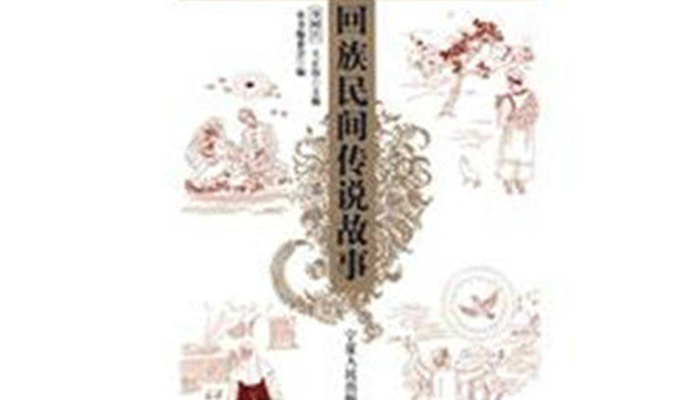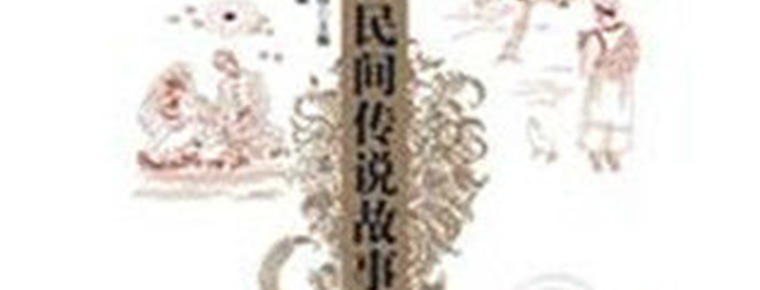Hui Folk Stories
Hui Folk Stories
Hui Folklore Stories is a book published by Ningxia People's Publishing House in 2009 by Li Shujiang and Wang Zhengwei.
This book collects and collates folklore stories widely circulated in Hui concentrated areas in China. A group of stories about Hui people's creation myths, legends and stories about Hui people's recovery of treasures, wisdom figures, love stories, life style and folk animal stories are rich and colorful, expressing the true and touching, and the theme of the stories is simple and simple, reflecting the noble pursuit of truth, goodness, sex, purity and holiness of Hui Muslims. Spirit.
content validity
She is a splendid mountain flower in the garden of Hui folk literature. She is an encyclopedia of Hui folk literature. Her collation, excavation, collection and publication are of great significance for carrying forward excellent national culture, national virtues and cultivating national spirit. May this book become a beautiful window for people to understand and love Hui nationality.
Author brief introduction
Li Shujiang (May 1946 - December 2004) is a Han nationality from Pingluo, Ningxia. He was formerly the director of the Hui Literature Research Institute of Ningxia University, the vice secretary of the Party Committee of Ningxia University, and the vice secretary and vice president of the Party Group of Ningxia Academy of Social Sciences. President and President of Ningxia People's Publishing House. He has been engaged in the research of Hui literature for a long time. He has written two monographs, such as the Outline of the History of Hui Folk Literature. He has edited and published more than 20 academic works and reference books, such as The Series of Hui Literature (9 volumes), and presided over the compilation and publication of The Great Dictionary of Hui Nationality in China by Shanghai Dictionary Publishing House. In June 1994, the publishing house of New York State University published Chinese Hui Myth and Folklore (English edition), co-edited by Professor Carl W. Lukat, which introduced the Chinese Hui folklore system to the West for the first time.


-
1.zhangjiajie national forest park Avatar Filming place
Zhangjiajie national Forest Park is located in Zhangjiajie City, northwest of Hunan province. On September 25, 1982, with the approval of the State Council of the People's Republic of China
Time 2018-10-28 -
2.Golden Great Wall Site Park
The Great Wall Site Park is located at the junction of Heimeng and Heilongjiang Province in Nianzishan District, Qiqihar City, Heilongjiang Province. The end of S302 Provincial Highway is the Great Wa
Time 2019-01-29 -
3.Winter capture of Chagan Lake
Winter fishing in Chagan Lake, namely ice and snow fishing (or hunting) in Chagan Lake in winter, is a traditional fishery production mode (custom) in Qianguoerros Mongolian Autonomous County
Time 2019-04-15 -
4.Music dance
Musical dance is popular on the South Bank of the Red River, so it is also known as "Jiangwai" Yi dance. The Yi language is called "Zai Bi", which means jumping up in pairs.
Time 2019-05-11 -
5.Circus
Circus is one of the acrobatics. Originally, it refers to the performance performed by people on horses. Now it is a general term for the performance of various wild animals and domesticated birds. It
Time 2019-05-16 -
6.Brush making skills
Brush making skills, local folk traditional skills in Huangpu District of Shanghai and Jiangdu District of Yangzhou City of Jiangsu Province, one of the national intangible cultural heritage.
Time 2019-05-24 -
7.Construction Techniques of Wuzhou Traditional Residential Buildings
On June 7, 2008, Wuzhou traditional residential construction techniques were approved by the State Council and listed in the second batch of national intangible cultural heritage list.
Time 2019-06-30 -
8.Dyeing and Finishing Techniques of Xiangyun Yarn
Xiangyun yarn dyeing and finishing technology, the traditional handicraft of Shunde District, Foshan City, Guangdong Province, is one of the national intangible cultural heritage.
Time 2019-07-03 -
9.Legend of Yongding River
Yongding River legend is one of the local folklores in Beijing. Among many legends, the legend of river blocking is representative; the legend of Shijing Mountain and Shijing Mountain; the legend of b
Time 2019-07-14 -
10.Guangdong Opera YueJu
Guangdong Opera, also known as "Guangdong Opera" or "Grand Opera", is one of the traditional operas in Guangdong. It originates from Nanxi Opera and is popular in Guangdong and Gua
Time 2019-07-16 -
11.Bamboo Paper Making Skills
Bamboo paper production maintains a complete traditional process. It is manually made by dipping paper. There are 15 links and 72 processes from material selection to paper making. The production proc
Time 2019-08-10 -
12.Qi baishi
Qi Baishi (January 1, 1864 - September 16, 1957), formerly known as Zhi Zhi, the word Wei Qing, No. Lanting Pavilion, later renamed Huang, the word is on the edge, the number of Bai Shi, white stone m
Time 2019-09-04